SUMMARY
This is AI generated summarization, which may have errors. For context, always refer to the full article.
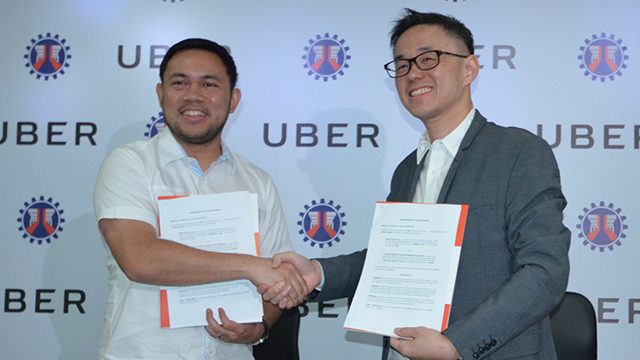
MANILA, Philippines – In a change of pace from the past months, transport network company (TNC) Uber now finds itself teaming up with the government to help ease the country’s traffic woes.
Uber Philippines and the Department of Public Works and Highways (DPWH) signed a memorandum of understanding on Tuesday, December 5.
The ride-hailing company will build the Movement for Manila platform with the help of the DPWH Planning Department “to provide inputs for enhanced traffic management and troubleshooting.”
The tie-up will see Uber share its traffic data with the DPWH in order to help the government agency analyze how its infrastructure projects affect traffic and eventually to determine which projects are most needed for various locations.
Uber gets its data from the daily routes of thousands of Uber drivers.
“We realized that all this data can be useful not just for us but also for society and for the government as it can be used for better planning,” said Uber Philippines general manager Laurence Cua at the signing.
“We think this data can be sliced and diced to better understand how our roads and infrastructure [are] currently supporting travel, how fast it takes [motorists] to go from one point to another. It helps us not only evaluate past projects but also inform how planning can go forward,” he added.
Effects of infrastructure projects
In practical terms, Cua pointed out that the DPWH can use the data to determine how opening new infrastructure projects like roads and bridges would affect travel time not just in a particular area, but also in surrounding places.
An example of this is how Uber determined that opening the NAIA Expressway earlier this year cut down the average travel time from the Ninoy Aquino International Airport Terminal 2 to San Lorenzo Village in Makati City by 3.8%, and from the same terminal to Marina Bay in Pasay City by 4.7%.
Public Works and Highways Secretary Mark Villar noted how the government needs to use technology to solve a lot of the metro’s problems, particularly as the DPWH will be entering a crucial stage in the Build, Build, Build program implementation next year.
“With this partnership with Uber, we’ll be able to plan our traffic much better. The wealth of information they are providing will help us cut down on the time it takes [to] analyze traffic… and it will be very important in our short- and long-term planning,” Villar said.
Open to other firms, too
Uber and its users will be relieved not to find the company at odds with the government this time.
The DPWH said it was in fact Uber which approached them with the idea for the partnership.
The government agency added that it is open to partnering with other firms for data which can be used in the planning and implementation of projects.
Uber has been involved in legal issues with the government in recent months, culminating in it being suspended for a month and fined P190 million for failure to comply with orders of the Land Transportation Franchising and Regulatory Board (LTFRB).
The US-based firm may face even more problems ahead as it confirmed that details of Filipino users were exposed in a data breach that has affected 57 million users worldwide. – Rappler.com
Add a comment
How does this make you feel?
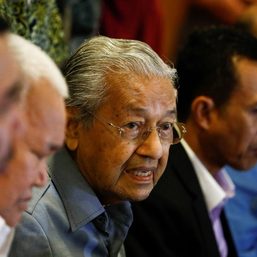
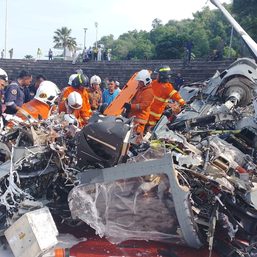
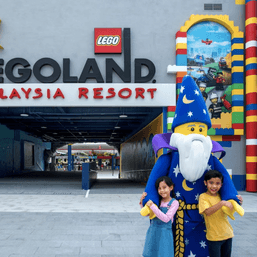
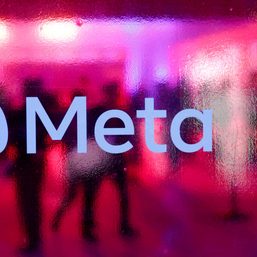
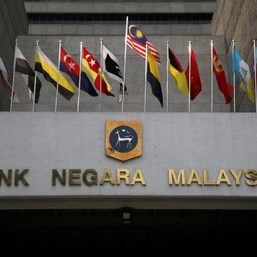
There are no comments yet. Add your comment to start the conversation.